Getting to Grips with Web3 Decentralized Applications (DApps)
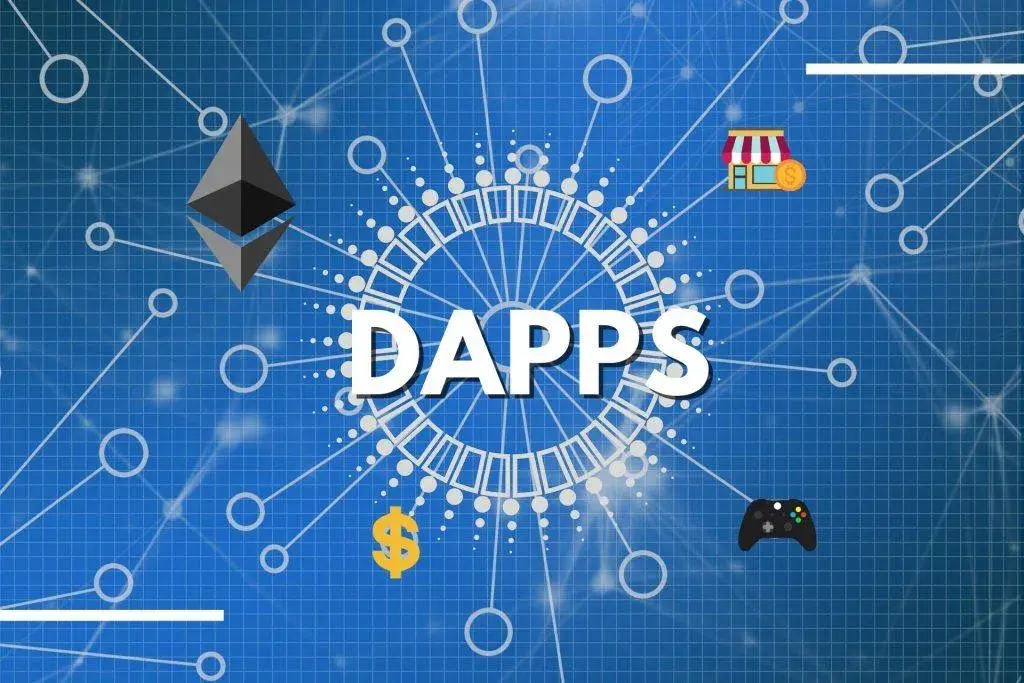
As we experience the rapid unfolding of the digital age, the ongoing evolution of the internet comes into sharp focus, most notably with the emergence of Web3 and its underpinning decentralized applications (DApps). Web3, a new paradigm of the internet, signifies a transformative shift from the traditional user experiences seen with Web1 and Web2, steering us into an era of user-centric, interactive, and data-secure online platforms. This is an exploration into the world of Web3 and the significance of DApps in reshaping digital interactions. We delve into the mechanics of DApps, the challenges and opportunities they present, and how you can be a part of this remarkable technical metamorphosis.
Understanding Web3 and its Significance
Understanding Web3: The Next Generation of Internet
Web3 represents the next generation in the evolution of the internet. Also known as Web 3.0, it is a proposed iteration of World Wide Web services that emphasizes the use of machine-based understanding of data. In the simplest of terms, Web3 expands on the participative information-sharing aspect of Web2 while integrating AI capabilities for an improved, more user-centric experience.
This progression from Web1.0, the ‘read-only’ era, to Web2.0, the ‘read and write’ era, to the current focus on Web3.0, the ‘read, write and execute’ era, denotes significant advancements and opportunities in web technology. Each ‘version’ of the web succeeded in making online information access increasingly seamless and interactive.
The most defining attribute of Web3, however, is its emphasis on decentralization and blockchain technology. Web3’s backbone is essentially a peer-to-peer network operating on blockchain principles. This decentralized structure eliminates the need for intermediaries and gatekeepers who control data and information flow, creating a more democratic Internet than ever before.
Web3 and Decentralization: A Revolutionary Change
Undeniably, one of the game-changing elements of Web3 is its decentralization feature made possible by blockchain technology. Unlike Web2 where data monopolists like Google and Facebook own and control data, Web3 offers a model where individuals have sovereignty over their data.
Decentralization empowers users to control their own information and digital identities. Blockchain technology, with its features like immutability, transparency, and security, serves as the cornerstone of this new internet paradigm.
Moreover, the power of Web3 goes beyond data security and privacy. It also enables the creation of applications where users aren’t just consumers, but also become contributors and stakeholders. This concept of a decentralized application, commonly referred to as dApp, forms the bedrock of Web3.
Significance of Web3 and its Decentralized Applications
The development of decentralized applications (dApps) became possible with the advent of blockchain and smart contracts. These applications run on a peer-to-peer network rather than a single computer, making them inherently open-source, transparent, and resistant to censorship.
Web3 dApps have the advantage of parity of access. Users are not restrained by entity-specific or geographical restrictions. From DeFi (Decentralized Finance) apps disrupting the financial world to decentralized social media platforms protecting privacy, the potential applications are expansive and transformative.
Web3 and its decentralized applications can lead to a reconfigured world where the center of gravity moves from massive data centers controlled by a few corporations towards a democratized network controlled by users. The Web3 transition promises a more interactive, user-centric, secure, and democratic Internet experience, fundamentally changing how we interact, transact, and consume content online.
The transformative impact of Web3 in our evolving digital world
As one of the most pivotal elements in our modern digital age, Web3 brings a substantial shift to our internet protocols. This shift guides us from a heavily centralized system towards a fairer, more distributed and resilient internet infrastructure. Web3 has the potential to pave a way for an equitable digital landscape that is not only innovation-friendly across diverse sectors but also ensures enhanced security for personal data and gives greater control to the users.

Photo by markusspiske on Unsplash
Introduction to Decentralized Applications
Delving into the world of Decentralized Applications
Often abbreviated to DApps, Decentralized Applications signify a fresh class of software applications which break the traditional norms of dependency on a centralized server or entity for functionality. Instead, these innovative applications run on a network made up of peer-to-peer computers, known as a blockchain. Contrary to the conventional applications of Web 2.0 which are tied to centralized servers, decentralized applications operate on the basis of smart contracts. These smart contracts enable users to interact directly and send data or currency to each other. This groundbreaking model paves the way for complete transparency, continuous uptime, and robust resistance against censorship.
Distinct Characteristics of Decentralized Applications
All decentralized applications incorporate some defining characteristics that differentiate them from conventional applications. First, these applications are open-source, meaning the code base is publicly accessible and open to scrutiny by anyone. Secondly, they are autonomous, indicating that once deployed to the blockchain, third-parties or even creators do not have control over them. Thirdly, they leverage a blockchain network’s consensus mechanism to validate changes or additions to the application. Lastly, they utilize cryptographic tokens (like Ethereum) for internal transactions, incentivizing users, and securing the application.
Functional Aspects of Decentralized Applications
The functionality of decentralized applications is primarily driven by the underlying smart contracts. A smart contract is a self-executing contract with the agreement terms directly written into lines of code. It automates and enforces the contract fulfillments, enabling straightforward, trustworthy transactions. For example, in a decentralized marketplace decentralized applications, a buyer can purchase an item by sending a certain amount of a specific cryptocurrency to the seller, all mediated by a smart contract. Validations, transactions, and contract conditions are automatically managed, removing the need for a third party or intermediary.
Benefits of Decentralized Applications
The advantages of decentralized applications can be outlined in several key points. DApps are censorship-resistant, implying that once a DApp is deployed, no entity can manipulate or prevent access to it. Additionally, they offer improved privacy and security due to the removal of third-party intermediaries and the underlying blockchain’s cryptographically secure design. Furthermore, due to their decentralized nature, DApps can ensure uptime even when individual network nodes fail, which is not the case with centralized server-based applications.
Exploring Real-World Decentralized Applications
Decentralized applications (DApps), utilizing the principles of decentralization, create online services that are secure, transparent, and autonomous. A number of these DApps have gained prominence in various sectors. For instance, CryptoKitties is a game powered by the Ethereum blockchain where users can breed, collect, and trade virtual cats. Uniswap is a decentralized exchange facilitating direct cryptocurrency trading from user-owned wallets. Decentraland, yet another DApp, also uses the Ethereum blockchain to provide a platform for virtual reality, allowing users to create, experience, and monetize their content and applications. These examples provide a glimpse into the potential and versatility of DApps.

Photo by christianw on Unsplash
How DApps work on Web3
Diving Deeper into the World of Decentralized Applications (DApps)
DApps hold a significant position in the Web3 ecosystem, offering unique advantages over traditional apps. Rather than being hosted on a singularly owned and controlled centralized server, DApps operate using blockchain technology, a system comprising a distributed network of computers. This means DApps are safeguarded against single point failures and censorship, thereby increasing their resilience and reliability. Further, DApps’ base in blockchain technology ensures transparency and the immutability of data, characteristics that have garnered immense appreciation from diverse user communities.
The Role of Smart Contracts
Key to understanding how DApps work is grasping the concept and function of smart contracts. Best described as self-executing contracts, smart contracts hold the terms of an agreement directly written into lines of code. It’s this coded agreement that powers most DApps on the platform. A smart contract defines the rules and penalties around an agreement in the same way a traditional contract does. However, it also automatically enforces those obligations.
To unpack this further; imagine setting a digital alarm clock. You input the time, set the alarm, and expect it to go off at the specified time without any further assistance. A smart contract works in a similar way. The difference being that it’s not a simple alarm, but a complex set of instructions capable of automating complex processes such as financial operations.
The Automation Power of Smart Contracts in DApps
These coded agreements’ ability to automate processes within DApps becomes more explicit when looking at use cases. For instance, in a decentralized finance (DeFi) application, a user might stake their cryptocurrency as collateral for a loan. A smart contract would automatically hold their collateral, issue the loan, and manage the repayment schedule. If the borrower defaults, the smart contract would trigger the liquidation of the collateral to repay the lender. In this system, intermediaries such as banks are cut out, and the transaction’s trust basis shifts from an external entity to the code itself.
Balancing of DApps and Cryptocurrencies Interaction
In the realm of DApps operation, cryptocurrencies hold an instrumental position. DApps don’t just allow for transactions with cryptocurrencies, they may even possess their native cryptocurrency used within the application’s ecosystem. For instance, Ether is used to facilitate transactions within Ethereum — a blockchain-based software platform that is popular for hosting DApps.
An interesting interplay exists between DApps and cryptocurrencies. On one hand, cryptocurrencies serve as the fuel that powers transactions and interactions within decentralized apps. On the other hand, it’s the DApps, with their increasingly sophisticated capabilities, that give these digital currencies practical value, far beyond speculative trading.
Web3 DApps merge blockchain technology, smart contracts, and cryptocurrencies into a single, decentralized, reliable, and more resilient digital framework. The buzz around DApps is no longer confined to the tech-savvy, signifying a potential shift in internet usage patterns. The transformative potential of these applications to invert power structures and return control to end-users, away from centralized authorities, is truly staggering.

Challenges and Opportunities of Web3 DApps
Understanding the Challenges of Web3 DApps
The journey from concept to execution of DApps – short for decentralized applications – within the Web3 landscape is not without its fair share of difficulty. Predominant issues tend to center around scalability and acceptability by users.
DApps, by nature, rely on blockchain technologies – a construct that is inherently complex and sometimes resistant to scaling. This could be due to a number of reasons, including restrictions on block size in some blockchains that limits the number of transactions that can be processed at a given time, and the vast computational power needed to validate these transactions. This resistance to scale can result in slower transaction speeds and may act as a deterrent in promoting wider acceptance of DApps.
User adaptability, or rather lack of it, offers another significant hurdle. The intricate technology behind Web3 DApps can be perplexing to many, and DApps themselves are often not as intuitive as their traditional counterparts. Users need to secure private keys, which if misplaced or misappropriated, can mean total loss of funds. This level of complexity coupled with potential security concerns might dissuade the greater population from using decentralized applications.
Opportunities of Web3 DApps
Despite these challenges, there is a tremendous amount of optimism about DApps and their inherent opportunities. One of the most appealing benefits of DApps is their open-source nature. This openness promotes transparency, removes the need for intermediaries, and reduces the fees typically associated with traditional digital transactions.
Decentralized applications hold the promise of empowering users with greater control over their data. Unlike centralized applications, where a single entity has control over data, in the DApps world, users can control their data and privacy as everything is distributed.
Another significant opportunity is the use of smart contracts. These computer-programmed contracts allow the execution of transactions without third parties, ensuring security and trust between parties.
Looking Ahead: The Future of DApps in the Web3 Landscape
In the evolving Web3 landscape, it’s predicted that DeFi, or Decentralized Finance, will be a powerful force shaping the progress of decentralized applications, also known as DApps. As blockchain technology becomes increasingly widespread, traditionally centralized financial services like lending, insurance, and asset trading are being decentralized and transformed into DApps.
Additionally, the rise of NFTs or Non-Fungible Tokens, has opened new avenues for DApp development. The digital representation of unique assets, such as artwork and real estate, provides fresh opportunities for DApps aiming to facilitate, monitor, and certify transactions in these burgeoning markets.
Finally, an anticipated trend gaining traction is interoperability, which allows DApps to communicate and share data across various blockchains. This capability is expected to foster a more synergistic and efficient Web3 ecosystem in which applications can benefit from each other’s strengths and features.
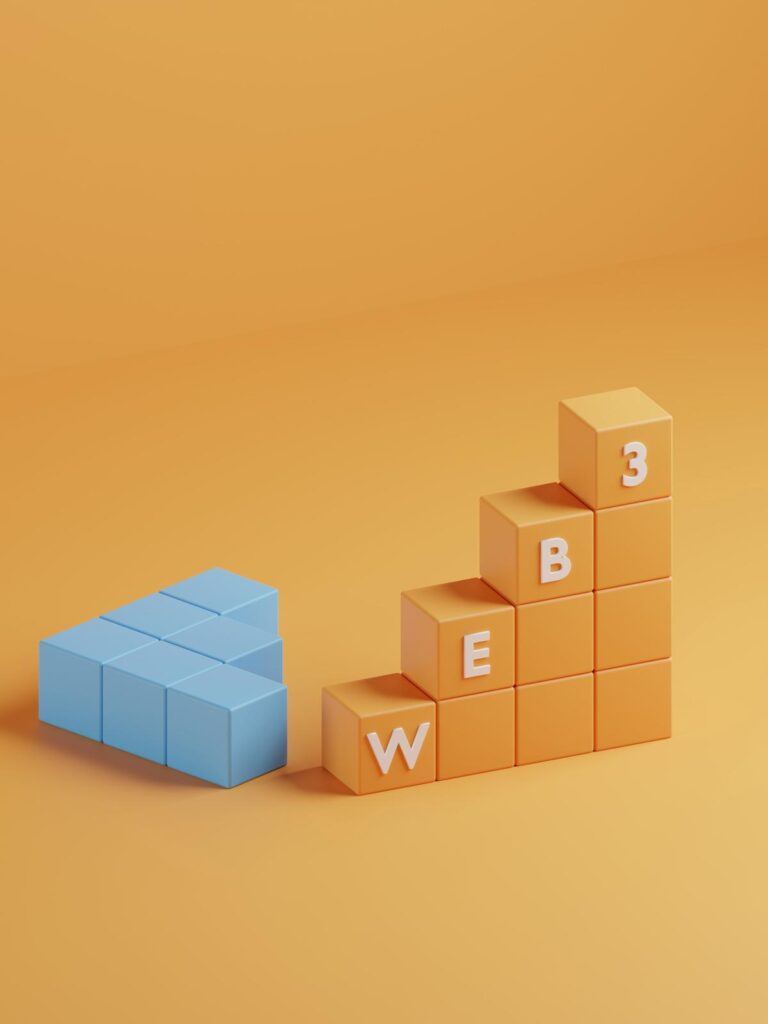
Photo by shubzweb3 on Unsplash
Getting Involved with Web3 DApps
Digging Deeper: A Guide to Web3 DApps
Web3 represents a revolutionary interpretation of internet infrastructure, aiming to counteract the centralized monopoly seen in today’s tech industry. Essential to this innovative framework are DApps, or decentralized applications. Unlike conventional applications, DApps are founded on the principles of open-source, leverage blockchain technology, utilize decentralized networks for managing their services, and adopt a specific cryptographic token-based approach.
Simply put, DApps are software running on a peer-to-peer network of computers instead of being confined to a single machine. Their operation doesn’t require middlemen, and they offer advantages like transparency, immutability, and a superior level of personal data control.
Exploring DApp Development Resources
The first step towards getting involved with Web3 DApps is to gain a deep understanding of blockchain technology. Most popular DApps are built on blockchain platforms like Ethereum, so fundamental knowledge of how these platforms work is crucial.
Coding bootcamps and online platforms such as Codecademy and Udemy offer numerous courses on blockchain development, covering topics like solidity programming, smart contracts, and blockchain infrastructure. Reading and participating in forums like StackOverflow and the Ethereum StackExchange is also helpful to gain practical insights.
Participating in DApp Projects
For enthusiasts who wish to contribute directly to DApp projects, many platforms are welcoming contributors. Open source projects on GitHub offer the chance to be part of a team creating a decentralized application, contributing code, debugging issues, and even contributing to project documentation.
Another avenue to participate is through various blockchain communities. Platforms such as Decred, Giveth, and Status have very active communities which welcome new members who want to help shape the future of their platforms.
Potential Career Paths in the DApp and Web3 Industry
The rise of Web3 and DApps has led to a demand for professionals with the right expertise. Developers who can program in blockchain-specific languages such as Solidity (for Ethereum) are highly sought after. Besides development, roles such as blockchain consultant, project manager, and quality engineer are emerging as critical positions in the industry.
At the intersection of DApps and advanced technologies, interesting roles are also emerging. For instance, DApp UX designers are working to make decentralized applications approachable and usable by a mainstream audience.
Careers are blossoming not only in DApp startups but also in established tech companies, consulting firms, financial institutions, and government agencies who understand the transformational potential of blockchain technology and Web3.
The world of Web3 DApps is ripe with potential and filled with opportunities for those interested in participating. No matter what your background or level of expertise, there are various ways to knowledgeably contribute, collaborate, and potentially carve a career in this revolutionary technology domain.

Photo by quesada179 on Unsplash
The advent of Web3 and DApps represents a monumental shift in how we interact and transact online. The journey is laden with both technical and adoption challenges but also presents exciting opportunities that hold the potential to redefine our digital world. Our exploration into this new landscape is a call to engagement, inviting you to get involved, learn, participate, and potentially find a place for yourself in this burgeoning field. By embracing Web3 DApps and navigating the hurdle-ridden path of this digital revolution, we can hopefully shape a more secure, user-empowered, and decentralized internet.

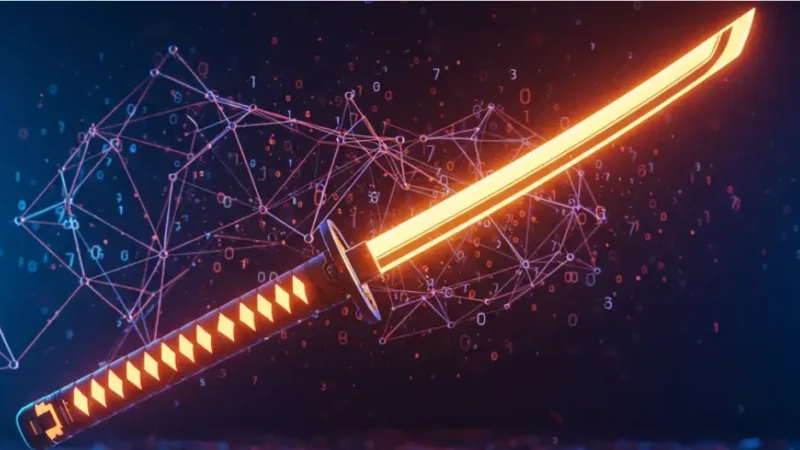
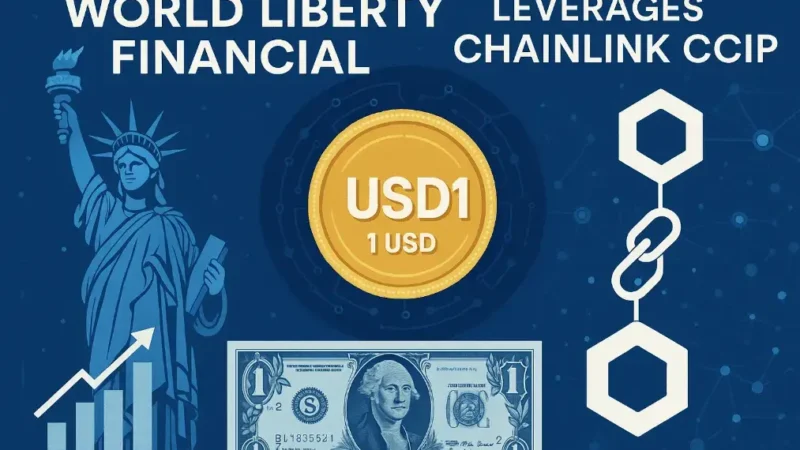
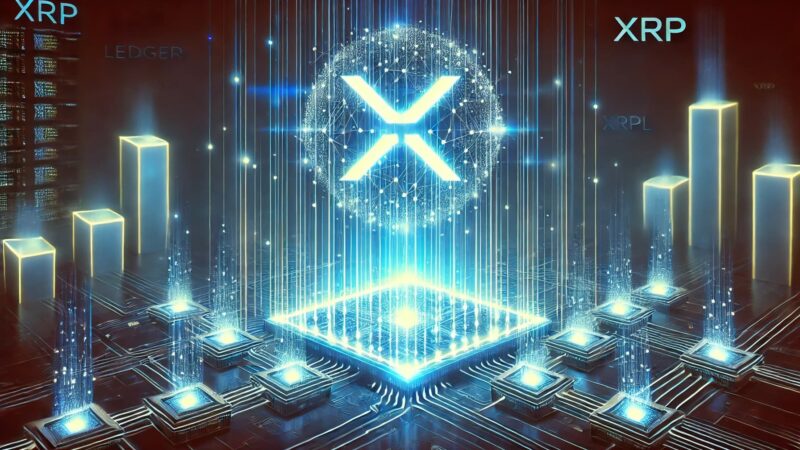
One thought on “Getting to Grips with Web3 Decentralized Applications (DApps)”